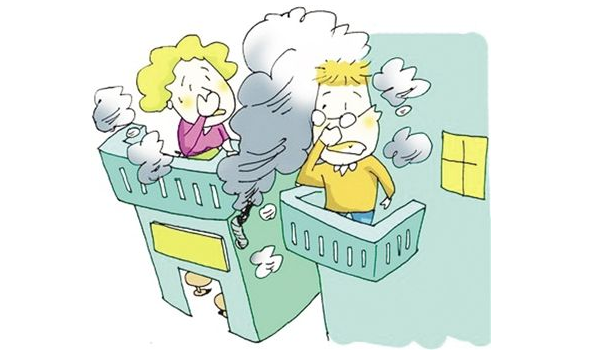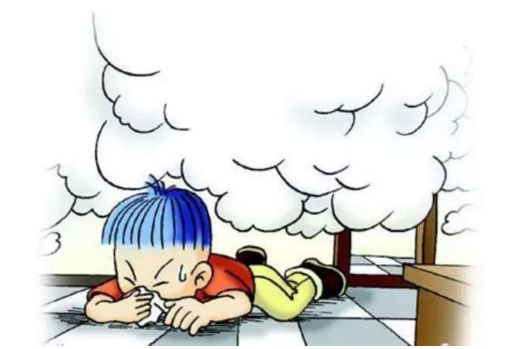Address:Room 906, building 6, SIIC Center, No.195 Hong Kong East Road, Laoshan District, Qingdao city, Shandong Province, China
E-mail:info@deltachem.net

Hexabromocyclododecane (HBCD) is a high-brominated aliphatic hydrocarbon compound. The molecular formula is C12H18Br6 with a molecular weight of 641.70. Theoretical bromine content is 74.71%. HBCD is mainly used in foam polystyrene (EPS) and extruded polystyrene (XPS) as flame retardant.
The low bond energy of the C-Br bond in HBCD makes the decomposition temperature of bromine flame retardant about 200-300 ℃, which matches the decomposition temperature of various polymer materials, so it can play a flame-retardant role in the gas phase and condensed phase at the best time. The main mechanism is that bromine flame retardants are decomposed into HBrs by heat, while HBr can capture the active free radicals that transfer the combustion chain reaction and produce bromine free radicals with lower activity, which results in slow or termination of combustion. In addition, HBR is a dense gas and it is difficult to burn. It can not only dilute the oxygen in air, but also cover the surface of the material (instead of air), resulting in the reduction of combustion rate or self-extinguishing of the material.
However, the use of HBCD as a flame retardant has some application risks. As an additive flame retardant, HBCD is physically mixed with the matrix of polystyrene without covalent bond. HBCD can be released into the environment in a variety of ways, resulting in air pollution and decreased flame retardancy of polystyrene. In addition, although the toxicity of brominated flame retardants is relatively light, the flame retardant polymers with bromine flame retardant produce more toxic and corrosive gases during combustion, including HX, CO, CO2, SO2, NO2, NH3 and HCN, etc.
HBCD has the ability to migrate over long distances and has been found in Arctic animals. During the lake plankton detection, the total HCBD content in life tended to increase with the raise nutrient level. From the observation data of environmental toxicity, HBCD affects the nervous system, furthermore, the toxicity is more serious after interacting with other chemicals such as decabromodiphenyl.

The persistence, bioaccumulation and long distance migration of HBCD have been proved and its harm to the environment has also attracted global attention. In May 2013, representatives from more than 160 countries and organizations around the world decided at the United Nations Chemical Conference to ban the use of the flame retardant hexabromocyclododecane globally. Hexabromocyclododecane is added to Appendix A to the Stockholm Convention on persistent Organic pollutants. The global ban on the use of hexabromocyclododecane is in spring 2014. The Centre for International Environmental Law, Geneva, Switzerland, and other environmental organizations have set a five-year buffer period (i.e. 2019) for the use of HBCD in building foamed polystyrene insulation and extruded polystyrene insulation materials.
The seminar on environmental impact of flame retardant HBCD (HBCD) was held in Beijing on September 25, 2014. It was held by the persistent Organic pollutants Research Center of Tsinghua University and the persistent Organic pollutants Professional Committee of the Chinese Society of Environmental Sciences.Dozens of experts from the Center for Foreign Cooperation of the Ministry of Environmental Protection, the China Association of adiabatic and Energy-saving Materials, Tsinghua University, Peking University and the Nordic Institute of Product Sustainability and Environmental Chemistry and toxicity provided a discussion of HBCD. The production and use of HBCD, its impact on environment, global environmental management regulations, management history of Europe and the United States are introduced respectively from different angles. The application of HBCD in domestic building insulation market is also analyzed. Besides, the management policy and implementation plan of HBCD in China are discussed.
Wang Zhanjie, the vice president of the China Plastics processing Industry Association, said at a fire safety seminar held in Beijing on May 29, 2018, that HBCD was used as a flame retardant and was mainly used in PS foaming materials. It has been listed on the POPs list because of its risks to the human body and the environment. In July 2016, the standing Committee of the National people Congress approved the new hexabromocyclododecane amendment to the Stockholm Convention on persistent Organic pollutants, which will ban the production, use, import and export of HBCD since December 26, 2016. However, due to the lack of suitable alternatives, HBCD, which is used for building insulation materials XPS and EPS flame retardants, has been granted a five-year exemption period, which will expire on December 25, 2021. Therefore, seeking new alternatives is a top priority for XPS and EPS industries.